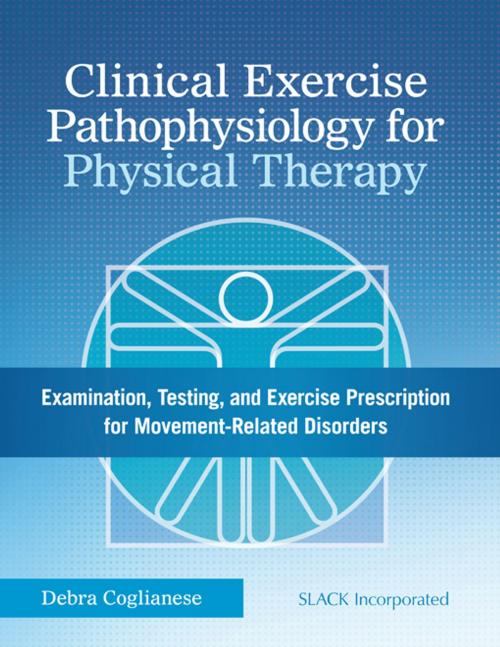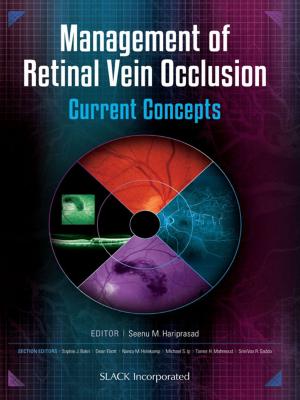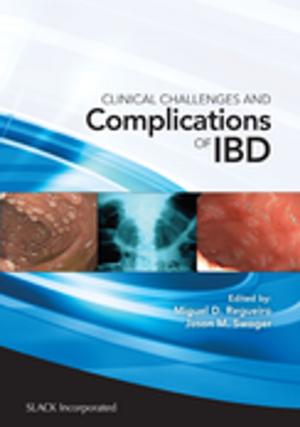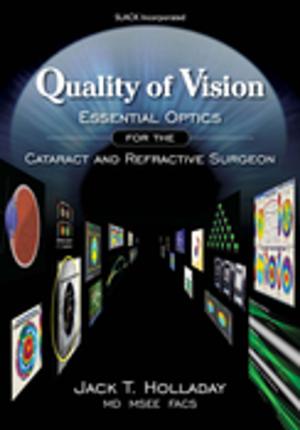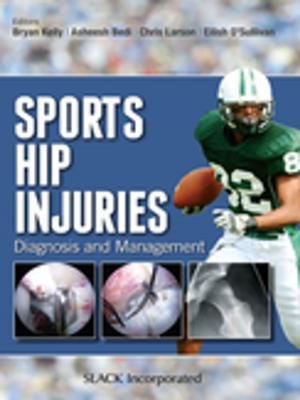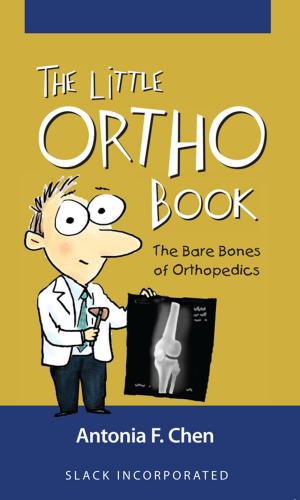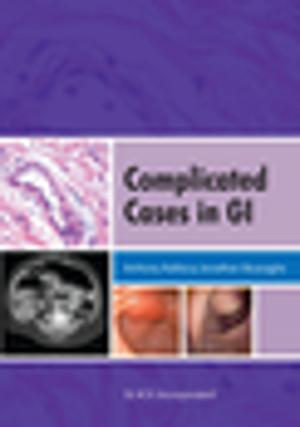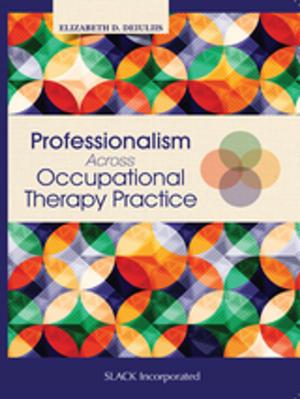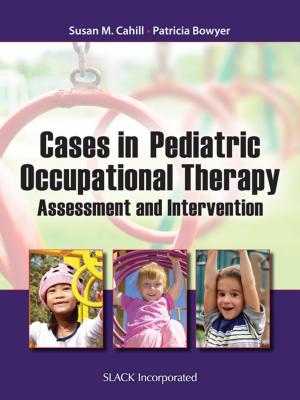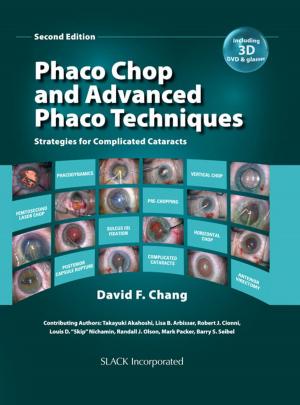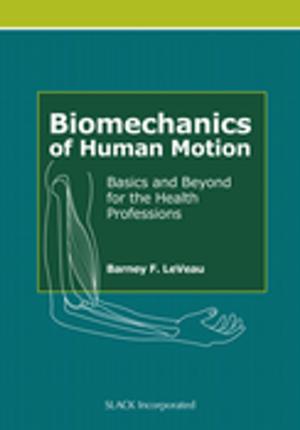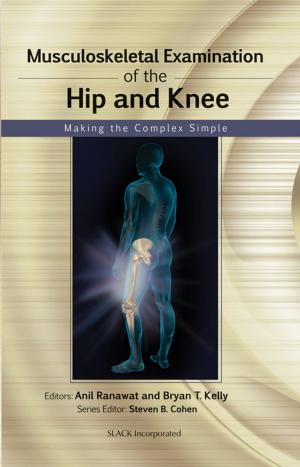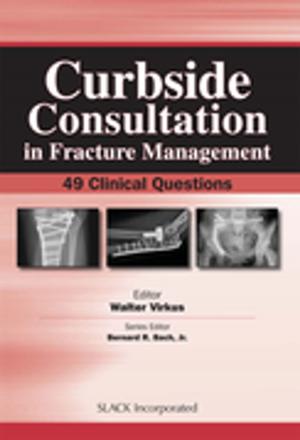Clinical Exercise Pathophysiology for Physical Therapy
Examination, Testing, and Exercise Prescription for Movement-Related Disorders
Nonfiction, Health & Well Being, Medical, Allied Health Services, Physical Therapy| Author: | ISBN: | 9781630911072 | |
| Publisher: | SLACK Incorporated | Publication: | October 15, 2014 |
| Imprint: | SLACK Incorporated | Language: | English |
| Author: | |
| ISBN: | 9781630911072 |
| Publisher: | SLACK Incorporated |
| Publication: | October 15, 2014 |
| Imprint: | SLACK Incorporated |
| Language: | English |
In order to effectively examine, test, and treat patients with exercise, physical therapists need to understand how physiology from the cellular to the systems level provides the basis for normal responses to exercise, but that is not enough. Knowledge about pathophysiology, the changes that lead to abnormal responses to exercise in different patient populations, is also essential. Clinical Exercise Pathophysiology for Physical Therapy: Examination, Testing, and Exercise Prescription for Movement-Related Disorders is a comprehensive reference created to answer the “why” and the “how” to treat patients with exercise by offering both comprehensive information from the research literature, as well as original patient cases. Dr. Debra Coglianese, along with her contributors, have arranged Clinical Exercise Pathophysiology for Physical Therapy into three parts: foundations of physiological responses, pathophysiology of deconditioning and physiology of training, and pathophysiology considerations and clinical practice. The chapters present the physiology and pathophysiology for defined patient populations consistent with the American Physical Therapy Association’s Guide to Physical Therapy Practice. Patient cases also supplement each chapter to illustrate how understanding the content of the chapter informs physical therapy examination, testing, and treatment. The patient/client management model from the Guide to Physical Therapy Practice defines the structure of the patient cases, and the International Classification of Function, Disability, and Health (ICF) model of disablement has been inserted into each patient case. Instructors in educational settings can visit www.efacultylounge.com for additional materials to be used for teaching in the classroom. Clinical Exercise Pathophysiology for Physical Therapy: Examination, Testing, and Exercise Prescription for Movement-Related Disorders is a groundbreaking reference for the physical therapy student or clinician looking to understand how physiology and pathophysiology relate to responses to exercise in different patient populations.
In order to effectively examine, test, and treat patients with exercise, physical therapists need to understand how physiology from the cellular to the systems level provides the basis for normal responses to exercise, but that is not enough. Knowledge about pathophysiology, the changes that lead to abnormal responses to exercise in different patient populations, is also essential. Clinical Exercise Pathophysiology for Physical Therapy: Examination, Testing, and Exercise Prescription for Movement-Related Disorders is a comprehensive reference created to answer the “why” and the “how” to treat patients with exercise by offering both comprehensive information from the research literature, as well as original patient cases. Dr. Debra Coglianese, along with her contributors, have arranged Clinical Exercise Pathophysiology for Physical Therapy into three parts: foundations of physiological responses, pathophysiology of deconditioning and physiology of training, and pathophysiology considerations and clinical practice. The chapters present the physiology and pathophysiology for defined patient populations consistent with the American Physical Therapy Association’s Guide to Physical Therapy Practice. Patient cases also supplement each chapter to illustrate how understanding the content of the chapter informs physical therapy examination, testing, and treatment. The patient/client management model from the Guide to Physical Therapy Practice defines the structure of the patient cases, and the International Classification of Function, Disability, and Health (ICF) model of disablement has been inserted into each patient case. Instructors in educational settings can visit www.efacultylounge.com for additional materials to be used for teaching in the classroom. Clinical Exercise Pathophysiology for Physical Therapy: Examination, Testing, and Exercise Prescription for Movement-Related Disorders is a groundbreaking reference for the physical therapy student or clinician looking to understand how physiology and pathophysiology relate to responses to exercise in different patient populations.
